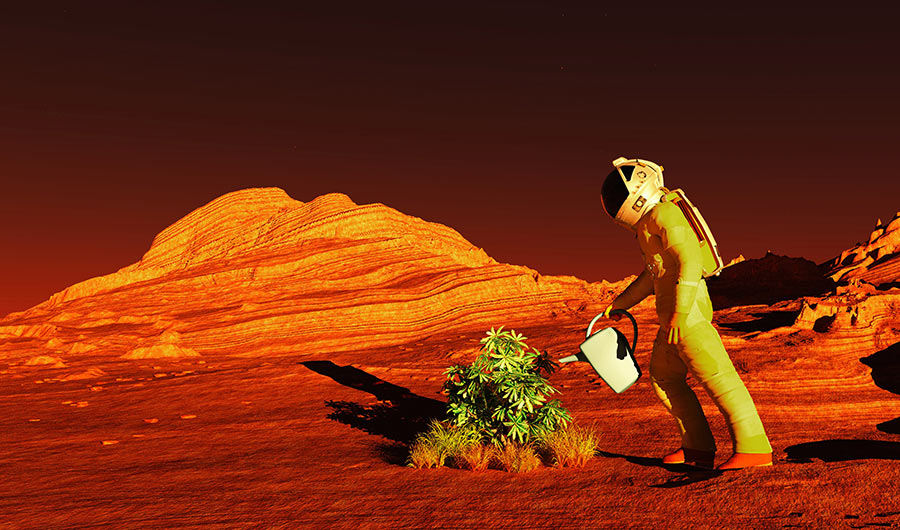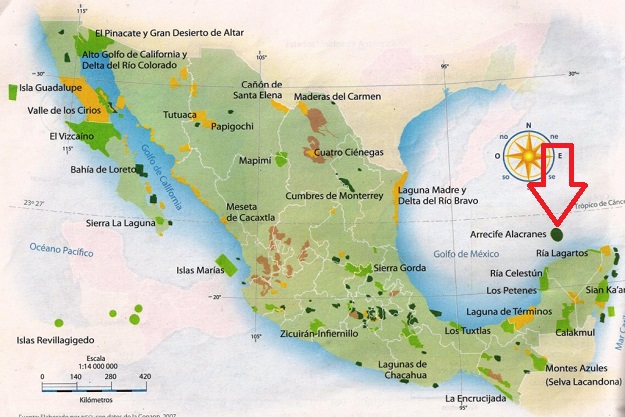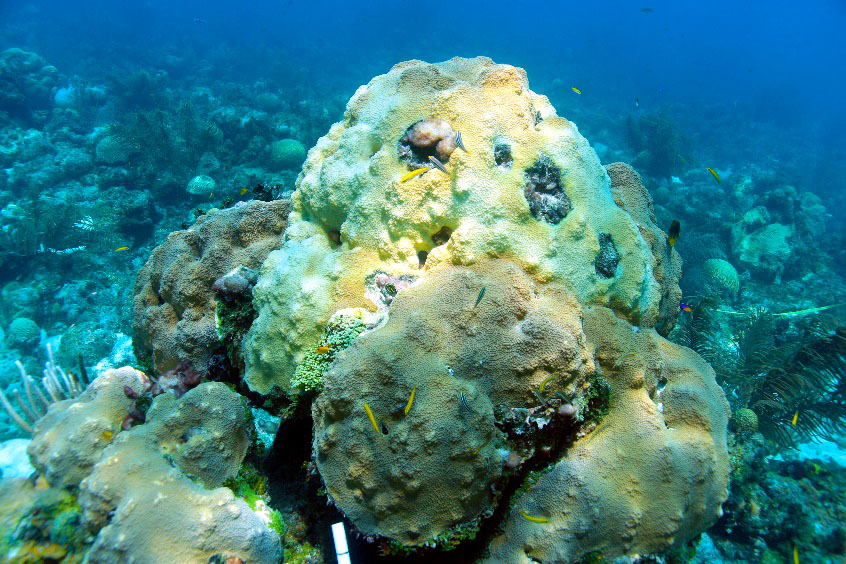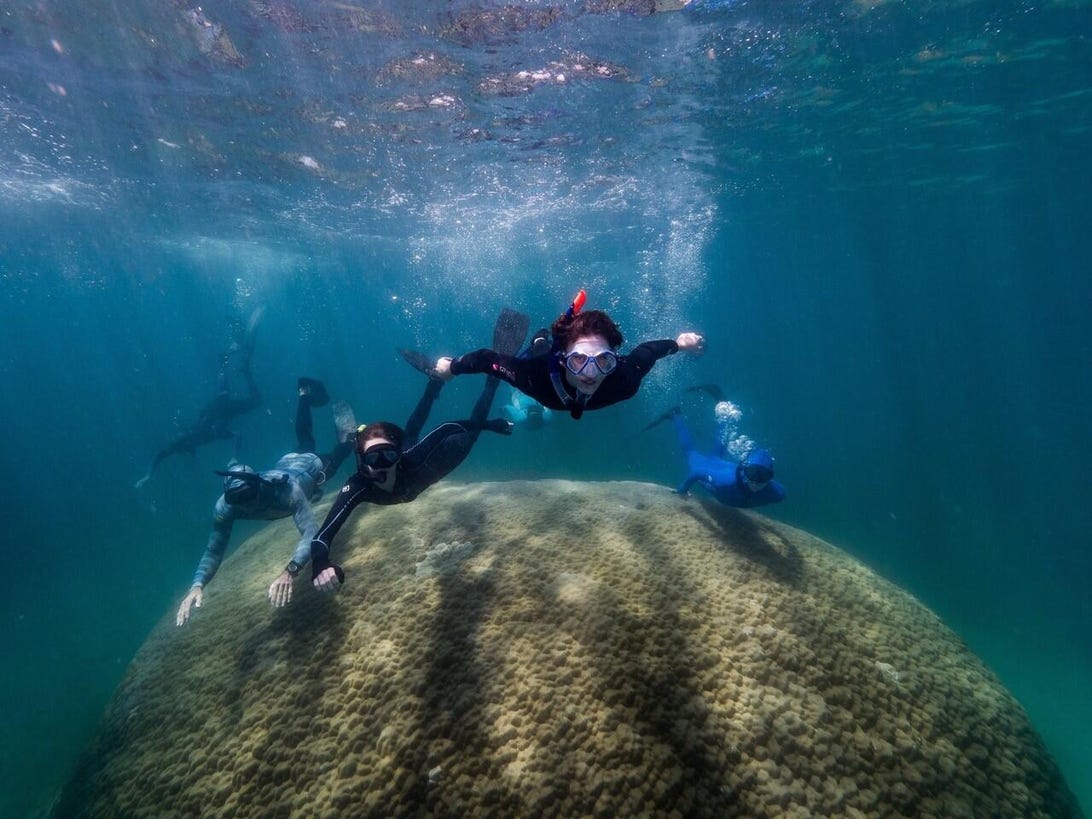James Attwood and Thomas Biesheuvel
Fri, August 20, 2021

Water Scarcity Is Starting to Bite in Biggest Copper Supplier
(Bloomberg) -- Water shortages are starting to threaten copper production in a country that accounts for more than a quarter of global supply.
In Chile this week, a BHP Group mine was ordered to halt groundwater pumping for three months, while Antofagasta Plc warned it will produce less than expected this year amid water supply constraints.
While BHP’s Cerro Colorado is a small operation coming to the end of its life and Antofagasta’s guidance cut isn’t huge, the disruptions underscore the challenges of running mines in one of the world’s driest deserts. Copper mines have been pumping water out from aquifers under the soil for decades, often to the detriment of local communities.
The issue has risen to prominence recently as the desert expands south amid a decade-long drought, potentially exacerbated by global warming. The industry has responded by stepping up efforts to switch to seawater, which is expected to account for almost half of its total water consumption by 2031.
Chile is now drafting a new constitution in the wake of mass protests against social injustices, with lawmakers pushing for reforms to a water system that has relied heavily on private enterprise and market forces to allocate rights and deliver services.
In that context, an environmental court took the surprising step of blocking, albeit temporarily, Cerro Colorado’s use of water from the Lagunillas aquifer starting on Oct. 1 as it hears a lawsuit that accuses the operation of environmental damage.
The company said it would “evaluate the courses of action based on instruments that the legal framework provides and will take operational actions to comply with the measures that are available.”]

Read More: Drought-Stressed Chile Is Reining In Its Privatized Water Model
The smallest of BHP’s three copper mines in Chile has faced opposition from local communities over its use of underground water. Last year, it announced plans to scale back operations, effectively bringing forward a programmed downsizing ahead of the 2023 expiry of its permits. At the time, the company said it would continue to explore options to extend mining beyond 2023 by using seawater.
Antofagasta now expects to produce 710,000 tons to 740,000 tons of copper this year, down from its previous forecast of 730,000 tons to 760,000 tons. The Santiago-based company is building a desalination plant, but that won’t come into operation until the second half of 2022, putting at risk another 50,000 tons of copper production next year.
“This year has been the driest of a 12-year drought in Chile,” Antofagasta said in a statement Thursday. “Given the traditional rainy season runs from June to September, it is looking increasingly likely that the low levels of precipitation will continue until at least the Southern Hemisphere winter next year.”
©2021 Bloomberg L.P.















